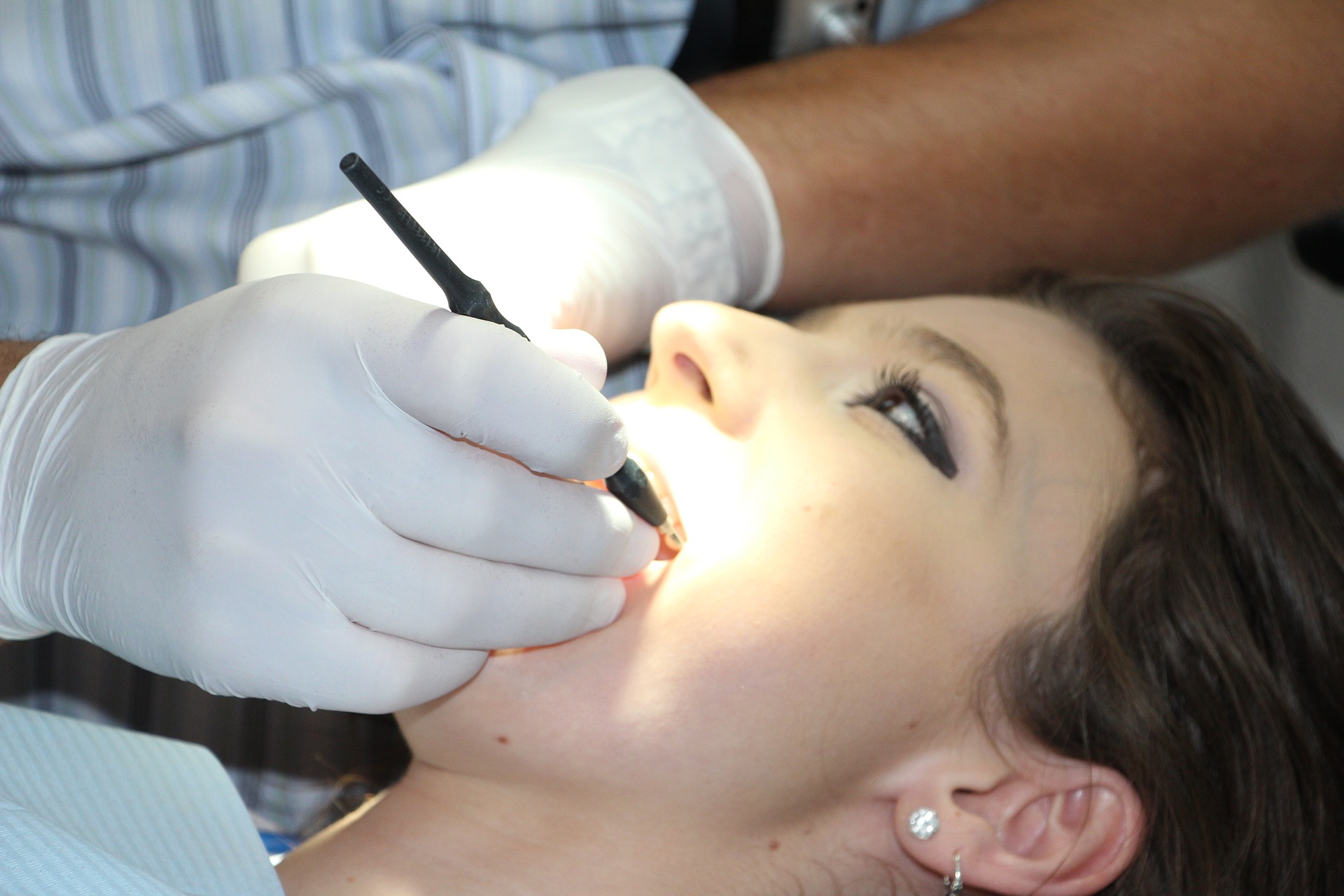Antibiotic therapy versus periodontitis
It is always a bad omen when the day starts with hurting gums. And when said pain is caused by periodontitis things could turn for the worse even more. Successful treatments for this kind of gum line inflammation can often be quite time consuming and require several dentist visits and a handful of medicines (incl. antibiotics).When do I need antibiotics to combat periodontitis?
Periodontitis is an inflammation of the gum line that is caused by dental plaque and that often occurs in the more difficult to reach (and clean) parts of the mouth. If this type of inflammation is left untreated for too long, it can lead to severe and even lasting damages to the hard and soft tissues inside the oral cavity of an affected patient. In most cases, periodontitis can be successfully treated with anti-infective therapies. However, in 10%-20% of all periodontitis cases, the inflammation is so severe that it requires the use of antibiotics in addition to the basic anti-infective therapy. In general, this would not be a problem if it were not for recent statistical analyses that show that nowadays every 10th antibiotic prescription is written by a dentist which indicates that medical specialists in the field of dentistry are increasingly resorting to the use of antibiotics to combat infections in their patients’ oral cavities. One of the most frequently prescribed antibiotic therapies is the so called „van-Winkelhoff-Cocktail“ – a combination of the antibiotics Amoxicillin und Metronidazol – which is used to treat periodontitis. Though this combination therapy usually produces very positive results, many experts caution against its overly frequent use because it could potentially lead to allergic reactions or resistance development. Therefore, antibiotics should ideally not become a routine therapy for almost all periodontitis patients but rather be used sparingly and only in cases where specific infection-causing pathogens are detected.
How are antibiotics used to combat periodontitis?
Before deciding on whether or not to prescribe antibiotic therapy, a dentist can follow several recommended assessment and treatment steps:- Treatment without antibiotics: First, a standard anti-infectious therapy is used to see whether the periodontitis inflammation can be beaten without the use of antibiotics
- Additional tests: Should the inflammation persist, a new battery of microbiological tests is required to inform the optimal next therapy step
- Use of antibiotics: Depending on the exact test results, a dentist may decide to prescribe antibiotics to combat very severe gum inflammations
The advantage of this careful approach is the avoidance of the overly frequent use of antibiotics and, thus, the prevention of resistance development.
In very severe periodontitis cases where anti-infective therapies prove to be insufficient, it is likely that multiple inflammation-causing pathogens such as, for example Aggregatibacter actinomycetemcomitans (A.a.), are a t fault. To beat these multi-pathogen infections (especially when A.a. is present), many dentists resort to antibiotic combination therapy. And the probably most widely known combination therapy is the so-called “van-Winkelhoff-Cocktail” – a mixture consisting of Metronidazol und Amoxicillin – which has proven its efficacy against almost all kinds of periodontitis-causing pathogens in many clinical studies.
What are the dangers of antibiotic therapy versus periodontitis?
Despite the clearly documented advantages of the “van-Winkelhoff-Cocktail” (which covers almost the entire periodontitis pathogen spectrum), an increasing number of dental care specialists have started to increasingly fervently criticize the frequency with which this antibiotic combination therapy is used. According to these critics, almost no clinical studies have been performed to assess the efficacy of the “van-Winkelhoff-Cocktail” versus targeted antibiotic monotherapies (i.e., treatments with only a single antibiotic instead of with a combination of multiple antibiotics). The high prescription frequency of Amoxicillin for periodontitis cases is especially controversial given that this antibiotic is actually only indicated to combat the Aggregatibacter actinomycetemcomitans (A. a.) pathogen. And since A.a. is estimated to occur in only roughly 25% of all periodontitis cases, the “van-Winkelhoff-Cocktail” (which includes Amoxicillin) most likely does not offer any additional clinical benefit in the remaining 75% of all periodontitis cases and could, in the worst case, merely encourage resistance development. Therefore, it is advisable for all periodontitis patients to ask their dentists for detailed and clear outlines of the pros and cons of antibiotic therapy (and especially combination therapy) prior to treatment start.In the meantime, we wish all periodontitis patients good luck and a speedy recovery!

In the meantime, we would love to hear from you – please leave any thoughts and feedback in the comment box below and to make sure that you keep getting our latest blog posts, subscribe to our blog for free.


